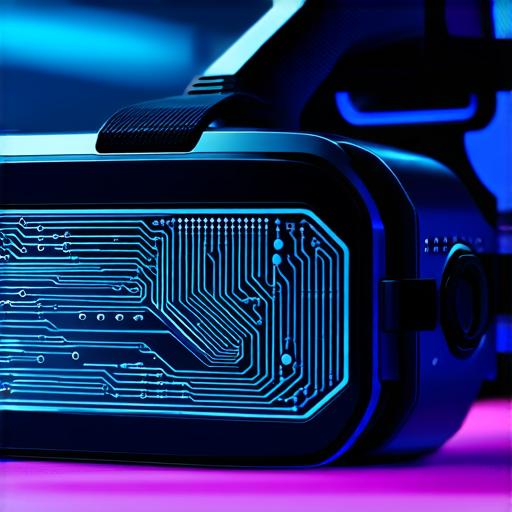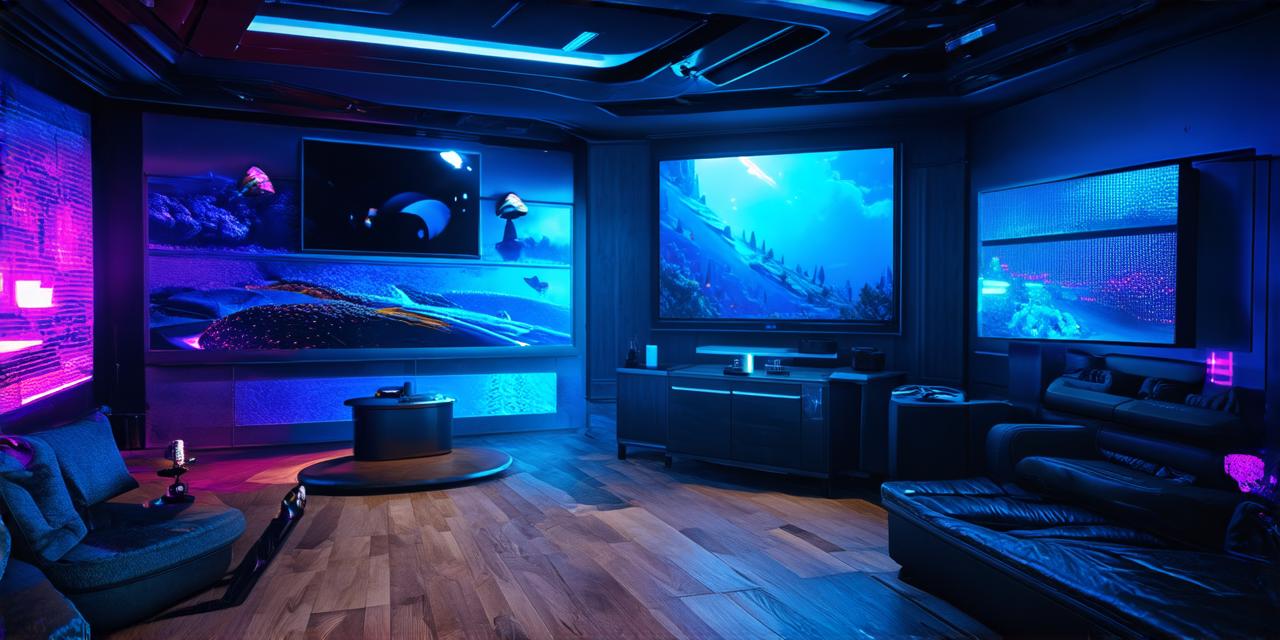1. Understanding the Basics of Virtual Reality
Before diving into the specific mechanics of VR games, it’s important to understand the basics of virtual reality technology. Virtual reality is a computer-generated simulation that creates an artificial environment that can be experienced through specialized devices such as headsets, handheld controllers, and motion sensors. The immersive experience is created by projecting stereoscopic displays, one for each eye, onto the user’s retinas. This creates a 3D illusion that appears to be in front of them.
2. The Role of Input Devices
Input devices are critical components of VR games as they allow players to interact with the virtual world. There are several types of input devices used in VR gaming, including handheld controllers, gloves, motion sensors, and eye-tracking systems. Each device has its own set of limitations and capabilities, which developers must take into account when designing their games.
3. Movement Mechanics
One of the most important aspects of VR games is movement. Players must be able to move around the virtual world in a natural and intuitive way. There are several different types of movement mechanics used in VR gaming, including teleportation, smooth movement, and walking/running.
4. Combat Mechanics
Combat is an essential aspect of many VR games, and developers must take care to create engaging and fair fight systems. There are several different types of combat mechanics used in VR gaming, including melee, ranged, and magic attacks.
5. AI and NPC Mechanics
Artificial intelligence (AI) and non-player characters (NPCs) are critical components of VR games, as they help to create a more immersive and believable virtual world. Developers must create AI systems that are intelligent and responsive, as well as NPCs that have unique personalities and behaviors.
6. Sound and Music Mechanics
Sound and music are critical components of VR games, as they help to create an immersive and engaging experience for the player. Developers must carefully consider the type and style of music used in their game, as well as the sound effects that accompany various actions and events.
7. Optimizing Performance

Optimizing performance is critical for VR games, as even small delays in frame rates can cause motion sickness and other negative effects. Developers must take steps to optimize their games for VR hardware, including reducing texture resolution, lowering draw distances, and minimizing particle effects.
8. Testing and Feedback
Testing and feedback are essential for VR game development, as they allow developers to identify and fix issues before the game is released to the public. Developers should conduct thorough testing on different VR hardware platforms and gather feedback from beta testers and early adopters.
9. Future Trends in VR Game Development
As virtual reality technology continues to evolve, there are several trends that we can expect to see in VR game development. One trend is the use of haptic feedback, which allows players to feel physical sensations in response to their actions. This can enhance the immersion of the game and create a more realistic experience.
10. Summary
Virtual reality technology is rapidly evolving, and VR games offer players an immersive and interactive experience like never before. However, developing VR games can be challenging due to the complex mechanics involved. By understanding the basics of virtual reality, selecting the right input devices, optimizing movement and combat mechanics, creating engaging AI and NPC systems, incorporating sound and music, optimizing performance, gathering feedback, and staying up-to-date with future trends, developers can create engaging and immersive experiences for their players. As the VR gaming industry continues to grow, we can expect to see even more innovative and exciting games that push the boundaries of what is possible in this rapidly evolving technology.
